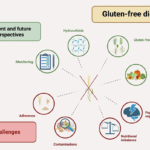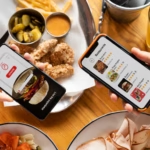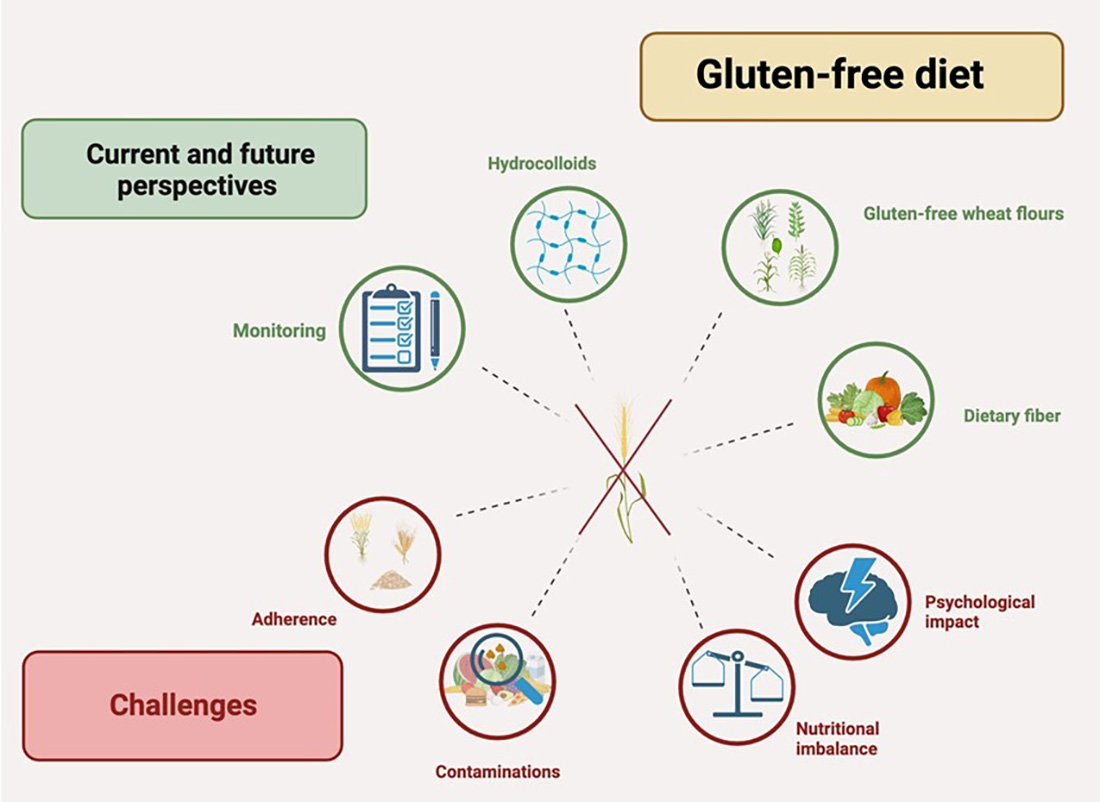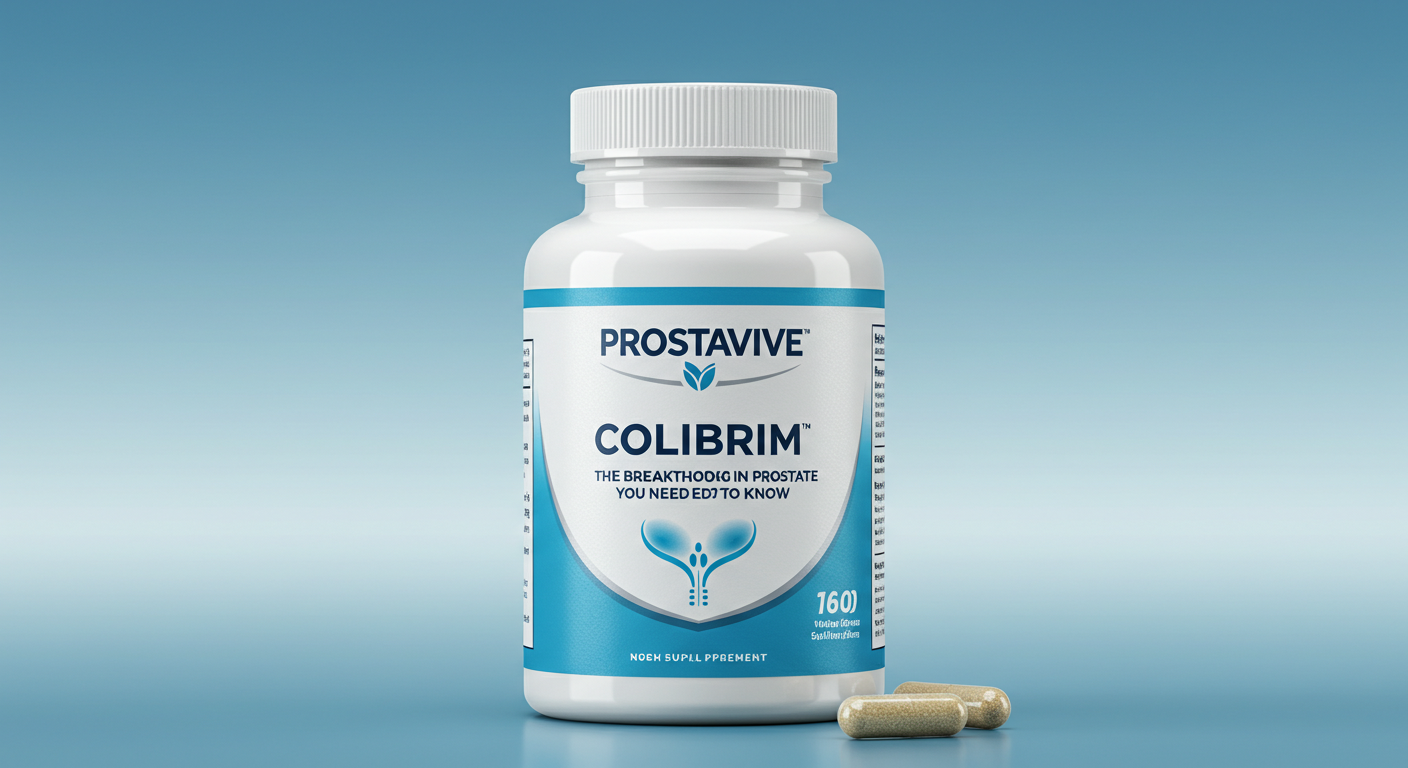In recent years, gluten-free diets have exploded in popularity. Once considered a niche requirement for people with celiac disease, avoiding gluten has now become a lifestyle choice for many health-conscious individuals. Whether you’re managing a medical condition or simply looking to improve your overall well-being, understanding the gluten-free lifestyle is essential.
What is Gluten and Why Do People Avoid It?
Gluten is a protein found in wheat, barley, and rye. It gives dough its elastic texture and helps baked goods hold their shape. However, for some people, consuming gluten can lead to serious health issues. Celiac disease is an autoimmune disorder where the ingestion of gluten causes damage to the small intestine. Even those without celiac disease may experience gluten sensitivity, resulting in symptoms like bloating, fatigue, headaches, and digestive discomfort.
Eliminating gluten can alleviate these symptoms and promote better digestion, increased energy levels, and reduced inflammation. But going gluten-free doesn’t mean sacrificing flavor or convenience — it just means being a little more mindful about what you eat.
Navigating Dining Out on a Gluten-Free Diet
One of the biggest challenges for anyone on a gluten-free diet is dining out. While awareness has improved significantly, it’s still important to ask the right questions and choose restaurants that take gluten intolerance seriously. Always inquire about cross-contamination, ask for ingredient lists, and don’t hesitate to speak to the chef or manager if you’re unsure about a dish.
Fast food chains have also made strides to accommodate gluten-free customers. For example, Subway offers a gluten-free bread option at select locations, giving diners a way to enjoy their favorite sandwiches without the gluten. The Subway gluten free offering includes pre-packaged bread made in a gluten-free facility, which helps minimize the risk of cross-contamination. However, it’s still important to inform the staff of your dietary needs to ensure proper handling.
Tips for Embracing a Gluten-Free Lifestyle
Transitioning to a gluten-free lifestyle might feel overwhelming at first, but it can be manageable — and even enjoyable — with the right approach. Here are some practical tips to help you on your journey:
- Read Labels Religiously: Gluten can hide in unexpected places like sauces, soups, dressings, and even candy. Look for labels that specifically say “gluten-free,” and familiarize yourself with ingredients like malt, brewer’s yeast, and modified food starch, which can all indicate the presence of gluten.
- Stock Your Pantry Smartly: Invest in naturally gluten-free whole foods like rice, quinoa, legumes, potatoes, fruits, and vegetables. For packaged goods, brands like Bob’s Red Mill, Udi’s, and Schär offer a wide range of gluten-free flours, breads, and snacks.
- Get Creative in the Kitchen: Trying out new gluten-free recipes can be fun and rewarding. Substitute regular flour with almond flour, coconut flour, or gluten-free all-purpose blends. You’ll discover that many classic dishes can be easily modified without sacrificing flavor.
- Plan Ahead When Traveling: Whether you’re flying or taking a road trip, pack your own snacks and research gluten-free restaurants at your destination. Apps like Find Me Gluten Free can be invaluable for locating safe dining spots.
- Watch Out for Cross-Contamination: If you share a kitchen with others who eat gluten, use separate toasters, cutting boards, and utensils. Cross-contamination is a major issue for those with celiac disease or high sensitivity.
Gluten-Free Doesn’t Always Mean Healthy
It’s a common misconception that all gluten-free foods are automatically healthier. While the diet can certainly lead to improved health outcomes for many, it’s important to avoid falling into the trap of processed gluten-free junk food. Cookies, chips, and frozen meals marked “gluten-free” can still be high in sugar, fat, and empty calories. Focus on whole, nutrient-dense foods and treat packaged snacks as occasional indulgences.
Also, gluten-free products are often more expensive. Learning to cook at home and using naturally gluten-free ingredients is not only healthier but also more budget-friendly in the long run.
Gluten-Free Meal Ideas to Get You Started
Need a little inspiration? Here are a few easy and tasty gluten-free meal ideas:
- Breakfast: Greek yogurt parfait with berries and gluten-free granola
- Lunch: Quinoa salad with grilled chicken, avocado, and citrus vinaigrette
- Dinner: Zucchini noodles with homemade marinara and turkey meatballs
- Snack: Apple slices with almond butter or hummus with carrot sticks
These meals are not only gluten-free but also packed with nutrients, flavor, and energy-boosting ingredients.
Final Thoughts
Whether you’re gluten intolerant, have celiac disease, or simply want to explore a healthier way of eating, adopting a gluten-free diet can be a transformative experience. It’s about making informed choices, finding delicious alternatives, and listening to your body. Thanks to growing awareness and offerings like Subway gluten free options, living gluten-free is more accessible and sustainable than ever.
With a bit of planning and creativity, you’ll discover that this lifestyle isn’t about restriction — it’s about empowerment and nourishing your body in the best way possible.










